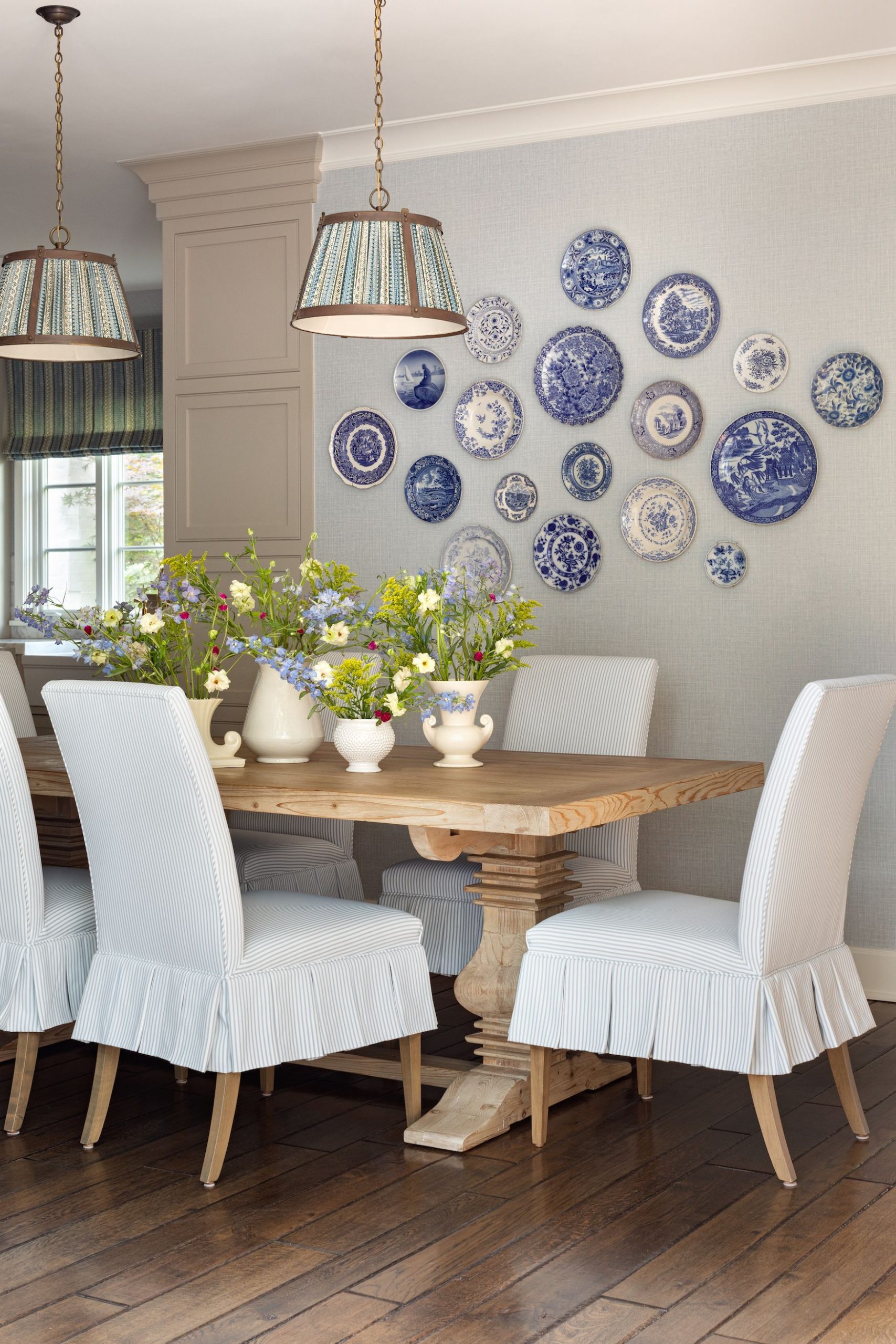Introduction: The Significance of Proportions in Dining Spaces
The dining room, often the nucleus of family gatherings and social events, necessitates careful consideration in its design to ensure both functionality and aesthetics. Central to this is the dining table, an element that not only anchors the space visually but also sets the stage for comfort and interaction during meals. Among the myriad factors influencing table selection, none is more fundamental than understanding the standard height of dining room tables. This dimension is pivotal in creating a harmonious dining experience, where ergonomics meets elegance.
The Standard Measure: Unraveling the 30-Inch Rule
At the heart of dining table standards lies a widely accepted height of 30 inches (76 centimeters) from the floor to the tabletop. This measurement has been meticulously refined over time, striking a balance between accommodating various chair designs and promoting comfortable seating postures. The 30-inch benchmark ensures that most adults can rest their feet flat on the ground while their knees form a natural 90-degree angle, a posture recommended by ergonomists for prolonged sitting without strain.
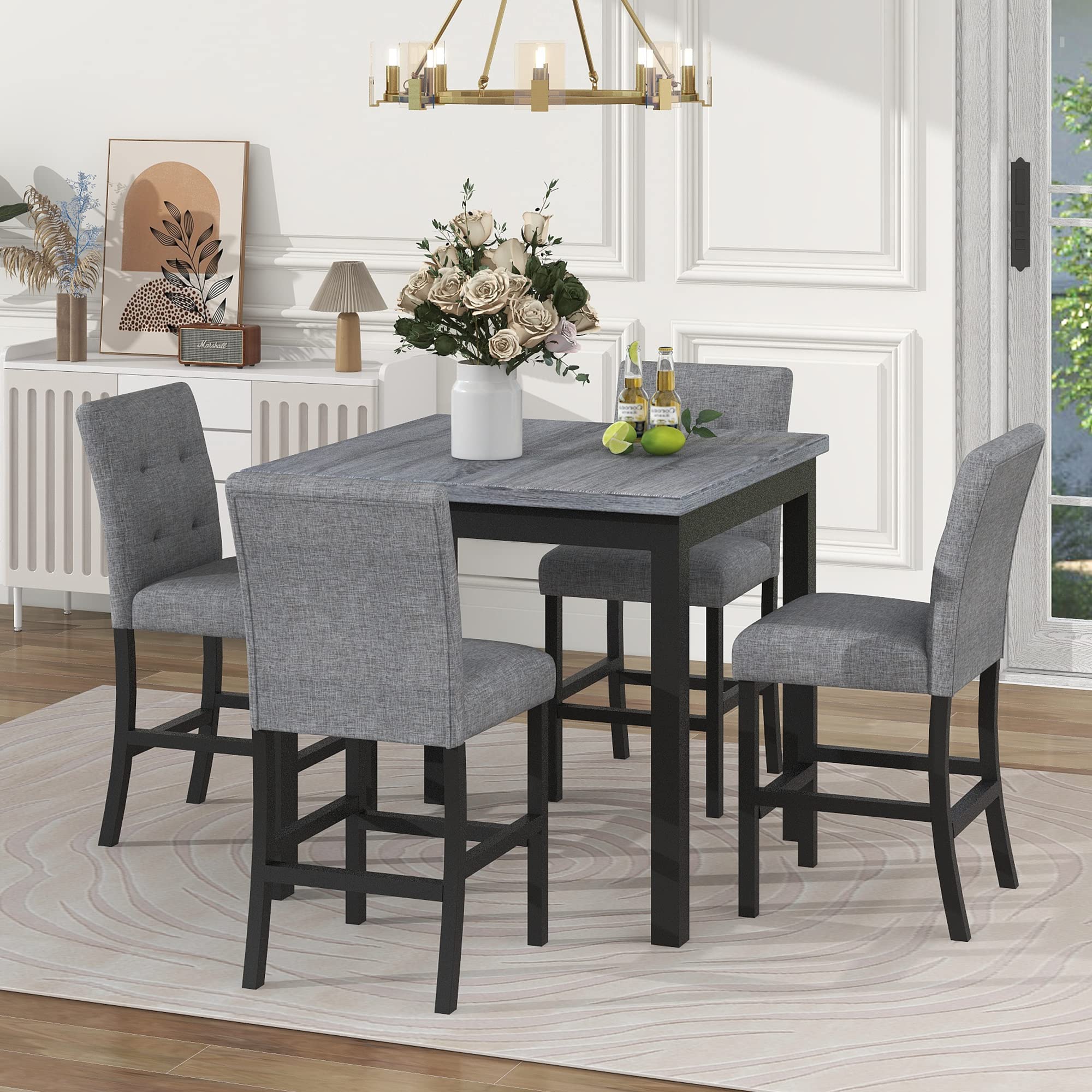
The Role of Chair Design: A Harmonious Union
The standard table height is intrinsically intertwined with chair dimensions. For the 30-inch table, dining chairs typically have a seat height ranging from 18 to 20 inches (45 to 51 centimeters), allowing for that optimal legroom and seated comfort. This harmony ensures that diners can easily slide under the table without feeling cramped or having to stretch excessively to reach their meal. Moreover, the alignment of table and chair heights fosters a seamless visual flow, contributing to an inviting and cohesive dining atmosphere.
Variations and Exceptions: Considering Alternative Heights
While the 30-inch standard reigns supreme, variations exist to cater to different lifestyles and design preferences. Counter-height tables, standing at approximately 36 inches (91 centimeters), offer a more casual, bar-like dining experience, often paired with stools instead of chairs. These taller tables are ideal for smaller spaces or for those who enjoy a slightly elevated dining position. Conversely, lower coffee table heights, around 16-18 inches (41-46 centimeters), serve as versatile additions for relaxed, lounge-style dining or as auxiliary surfaces in multipurpose rooms.
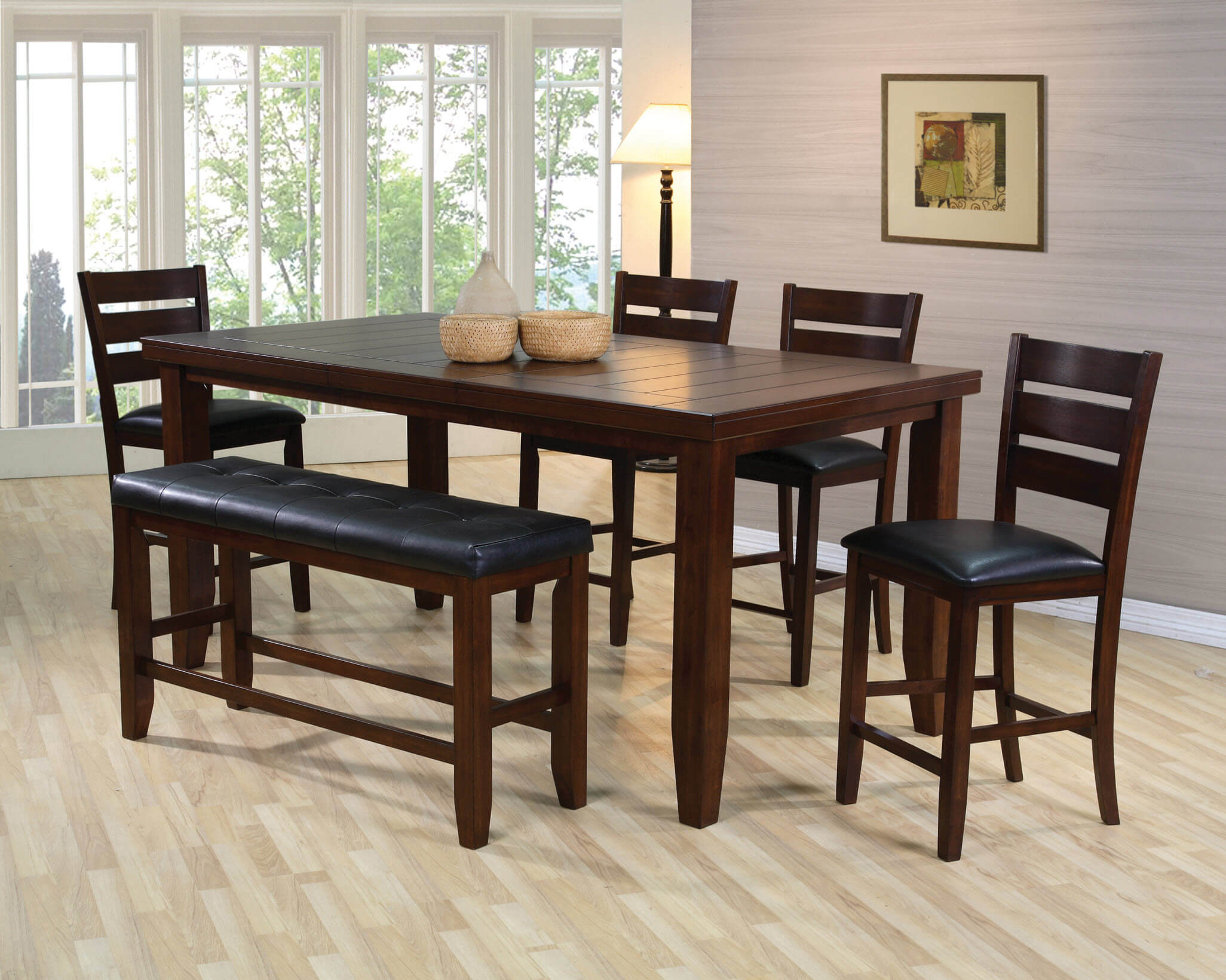
The Impact on Room Dynamics and Decor
Understanding the standard height not only influences seating comfort but also plays a pivotal role in shaping the room’s overall ambiance. The right table height contributes to an illusion of spaciousness or intimacy, depending on the room’s dimensions and intended use. Taller tables, for instance, can make a compact dining area feel airier by visually lifting furniture off the ground. Conversely, adhering to the standard height in larger rooms can anchor the space, preventing it from appearing overly vast and impersonal. Furthermore, the table’s height is a crucial factor when integrating decorative elements like table runners, centerpieces, or lighting fixtures, influencing their scale and visual impact.
Customization and Adaptability: Embracing Individual Needs
Despite the prevalence of the 30-inch standard, customization remains a key aspect of modern interior design. Families with children or individuals with specific accessibility needs may opt for slight deviations from the norm to ensure inclusivity and comfort for all users. Adjustable height tables, though less common in traditional dining settings, are gaining popularity for their versatility, allowing the table to adapt to a wide range of activities and user preferences. Recognizing these individual differences underscores the importance of considering the unique dynamics of each household when selecting the ideal dining table height.
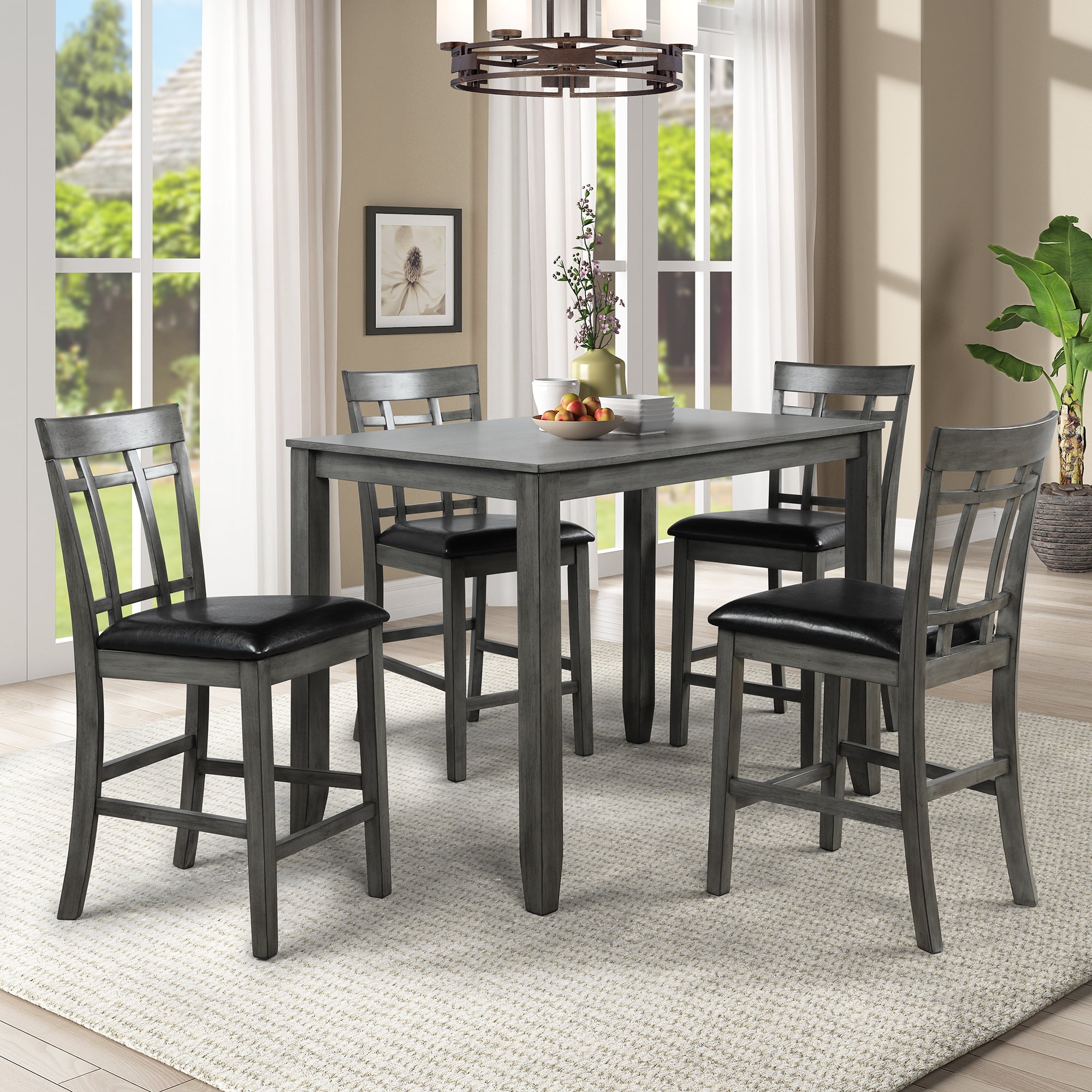
Designing for Diversity: Incorporating Universal Design Principles
In recent years, universal design principles have gained significant traction in interior design, and the dining space is no exception. This approach emphasizes designing environments that are inherently accessible and usable by everyone, regardless of age, size, ability, or disability. When applied to dining tables, universal design encourages flexibility and inclusivity, going beyond the standard 30-inch height to accommodate a broader spectrum of users.
Adaptable Table Solutions for All Ages
Families with young children, for example, might benefit from tables with adjustable heights or attachable booster seats, ensuring that even the smallest members can participate comfortably in mealtime rituals. As children grow, these adjustments can be made to maintain an ideal dining position, promoting good posture and fostering independence.
For older adults or individuals with mobility issues, table heights that cater to their specific needs become paramount. Lowered dining tables with easy access for wheelchairs or chairs with armrests for support not only facilitate ease of use but also promote dignity and social inclusion during meal times.
Integration of Technology for Enhanced Functionality
Advancements in technology have paved the way for smart dining tables with adjustable heights controlled by electronic mechanisms. These tables can effortlessly switch between dining, working, and heights, catering to multifunctional spaces and diverse lifestyles. Additionally, built-in charging ports or heating elements further enhance the functionality of dining tables, demonstrating how technology can seamlessly integrate into everyday life.
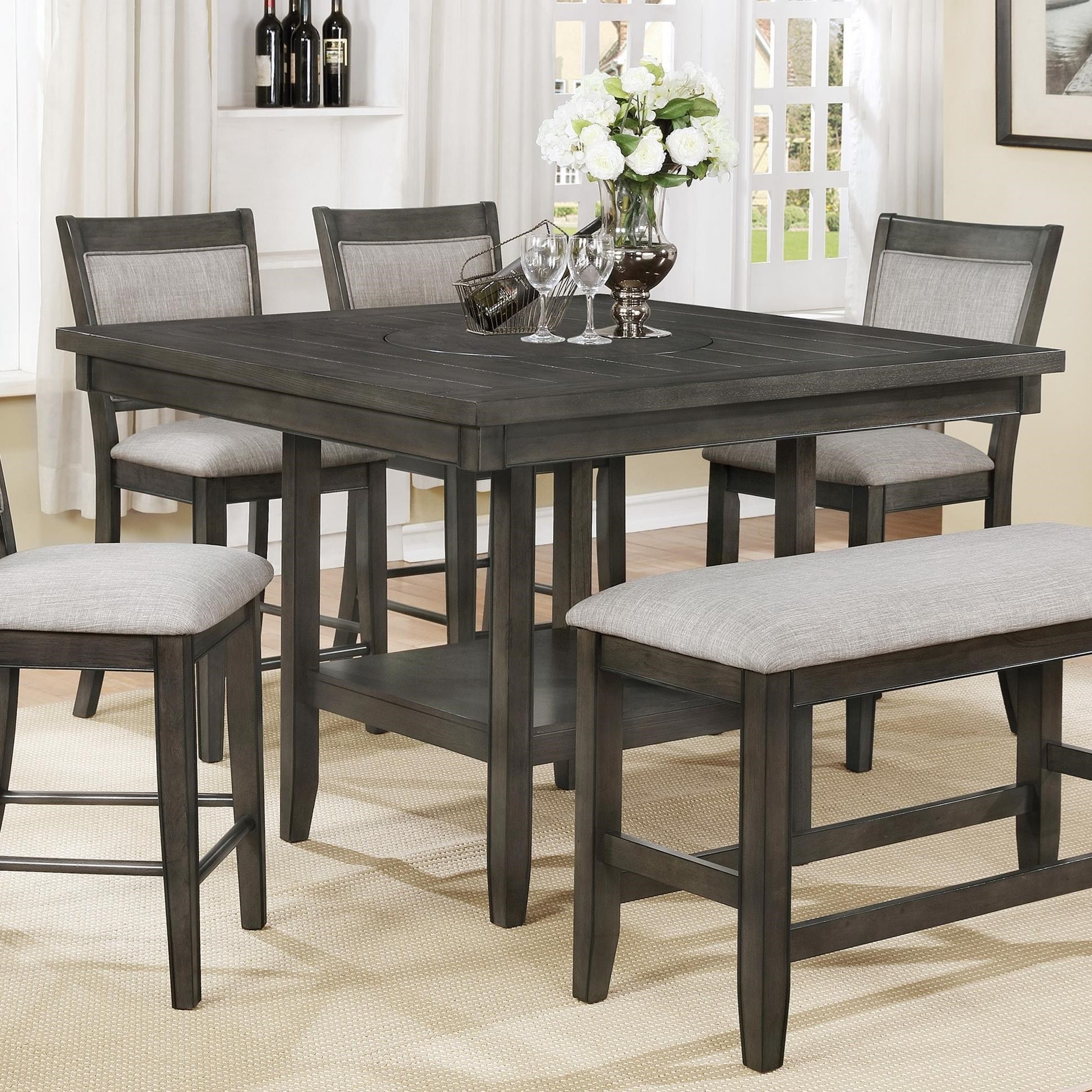
Visual Aesthetics and Inclusive Design
Designers are increasingly challenged to create inclusive dining spaces without compromising on style. This involves thoughtful selection of materials, textures, and colors that not only adhere to universal design principles but also enhance the aesthetic appeal of the space. Contrasting edge treatments on tables and chairs can assist visually impaired individuals while adding a touch of elegance. Similarly, the strategic use of lighting can highlight pathways and dining areas, improving visibility and overall ambiance.
The Emotional Impact of Well-Designed Dining Spaces
Beyond the practical considerations, a well-designed dining space that embraces universal design principles fosters a sense of belonging and togetherness. It sends a message that every member of the family or social group is valued and considered in the design process. By facilitating comfortable, barrier-free dining experiences, these spaces encourage social interaction, enhance familial bonds, and contribute positively to mental well-being.
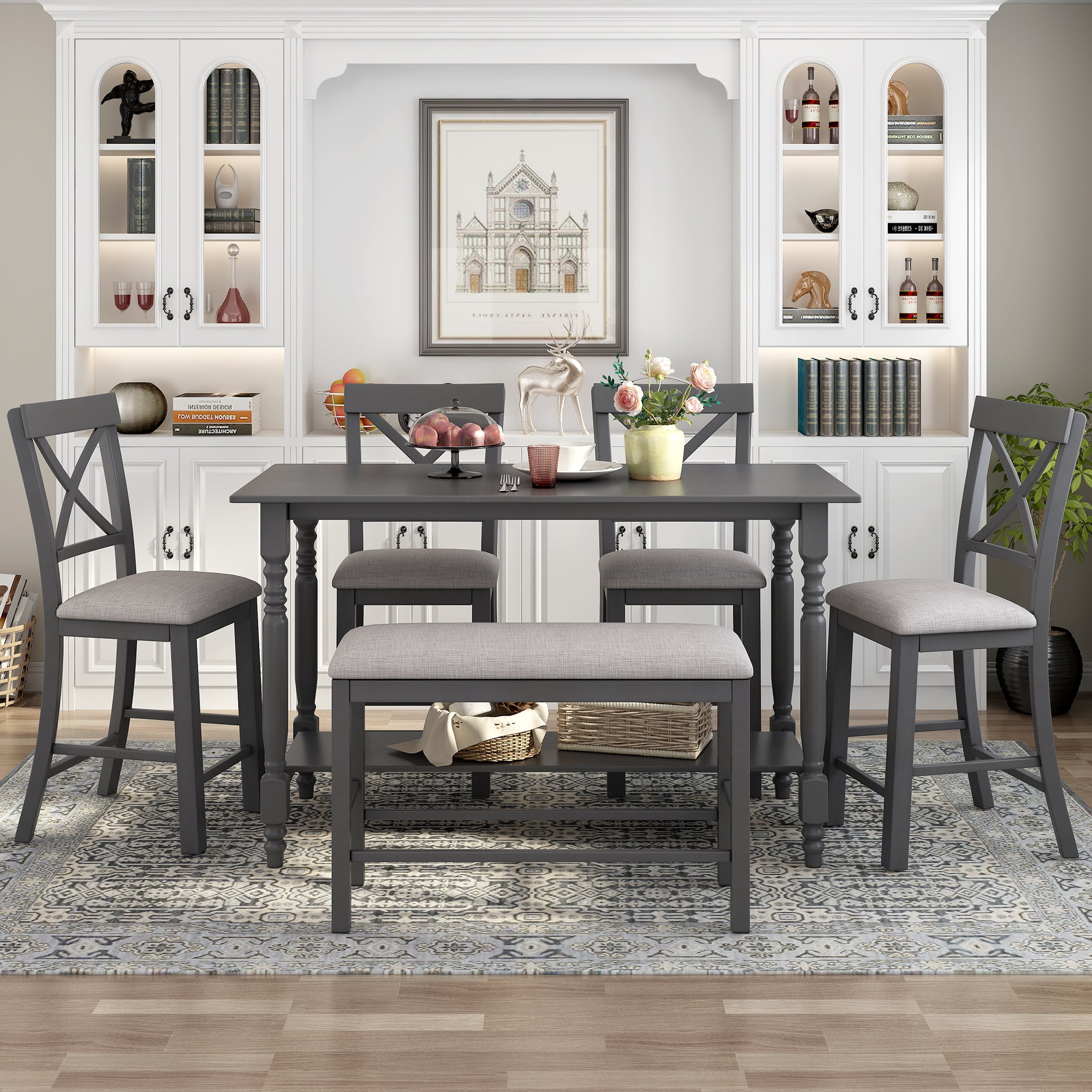
Conclusion: Elevating the Dining Experience Through Precision
In conclusion, the standard height of dining room tables, set at 30 inches, serves as a cornerstone in creating a dining environment that marries form and function. This measurement, along with complementary chair designs, fosters an ergonomic setting that encourages conviviality and relaxation. Yet, acknowledging the existence of alternative heights and the potential for customization highlights the dynamic nature of contemporary design, where personal needs and aesthetic aspirations converge. Ultimately, understanding and embracing these standards and variations empowers homeowners to curate dining spaces that not only measure up to ergonomic ideals but also elevate the dining experience to new heights of comfort and enjoyment.






